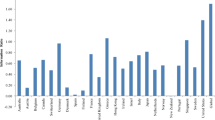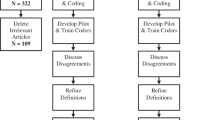Abstract
Market-based systems are those systems in which currency is used to express demand for a limited resource. In these systems, users `own' currency and exchange it for a desired commodity. Though used for thousands of years, market-based applications to space missions are still in their infancy. The first successful application was in 1992 with the Cassini Mission to Saturn. In this case, the sum total of mass and dollars for the science instruments had to fit within the allocated resource envelope. Results from the use of a market-based system show that the entire science payload grew from original estimates by only +1% for cost, and by −7% for mass. The next application was for Space Shuttle Secondary Payloads. In this application, available shuttle lift mass, number of lockers for secondary payloads, and available astronaut time had to be allocated between 5 NASA Users. Experiments showed that a market-based system can reduce the size of the required workforce needed to produce a manifest of the same quality as one produced `by committee.' Finally, a market-based system was experimentally applied to LightSAR science planning, a proposed joint NASA/Commercial RADAR mission. In this application, users were able to produce a conflict-free timeline of events remotely, of high science value, in about half the time required by more traditional methods.
Similar content being viewed by others
References
Ledyard, J.O., Porter, D. and Rangel, A.: 1994, Using computerized exchange systems tosolve an allocation problem in project management, Organizational Comput., 4(3), 271–296.
Plott, C.: 1994, Market architectures, institutional landscapes and testbed experiments, EconomicTheory 4, 1994, 3–10.
Smith V.: 1982, Microeconomic systems as an experimental science,Am. Econ. Rev. 70, 584–600.
Smith V.: 1976, Experimental economics: induced value theory,Am. Econ. Rev. 66, 274–279.
Wessen, R. R. and Porter, D.: 1998, Market-based approachesfor controlling space mission costs: the Cassini resource exchange, Reducing Space Mission Cost 1(1), 9–25.
Wessen, R. R. and Porter, D.: 1999, Market-based approach for manifesting shuttle secondarypayloads, Spacecraft and Rockets 36(1), 142–147.
Flight Assignment Working GroupManifesting Handbook, NASA Headquarters Internal Document, August 1993.
Vickrey, W.:1961,Counter speculation, auctions and competitive sealed tenders, Finance 16, 8–37.
Rights and permissions
About this article
Cite this article
Wessen, R.R., Porter, D. Market-based systems for instrument development and science planning. Journal of Reducing Space Mission Cost 1, 119–132 (1998). https://doi.org/10.1023/A:1009981011561
Issue Date:
DOI: https://doi.org/10.1023/A:1009981011561




